
One year ago, the term "coronavirus" was rarely used outside of medical facilities. Although the virus we would soon learn to call COVID-19 was already spreading in China, it seemed to be a distant issue unlikely to affect Americans. Twelve months, 23 million cases and nearly 400,000 deaths later, the virus has undoubtedly changed life in the United States.
Over the last year, Americans have been urged to stay home rather than go to work or school or meetups with friends. Hundreds of thousands of businesses closed — particularly restaurants, which struggled when they could no longer safely pack in hungry diners. More than 10 million people have lost their jobs and have been unable to find new employment. Hate crimes against Asian-Americans have soared, in part due to President Donald Trump's continued choice to call COVID-19 the "China virus." Among the millions of cases, a small group of survivors known as long-haulers are dealing with lasting symptoms of COVID-19.
Most stunningly, there have been hundreds of thousands of American deaths, a disproportionate number among people of color. Their deaths reverberate through communities, impacting loved ones and the health care workers who pushed to keep them alive.
Here's where this pandemic started, and where we are now:
Dec. 31: China first reports that doctors are treating pneumonia cases of an unknown origin
In late December, Wuhan's government shared that it was seeing dozens of cases of a mysterious illness similar to pneumonia. They believed that the illness may have originated from wet markets in the large city, where vendors sell animals and seafood. At the time, it was believed to be non-transmissible between humans.

Jan. 11: China announces the first death in the world from the virus
China reported that a 61-year-old man in Wuhan had died from the virus.
Jan. 20: The U.S. Centers for Disease Control says three airports will begin screening arrivals from China for the virus
As cases continued to grow in China, the CDC announced it would screen people coming from China to the U.S. at three airports — JFK International in New York City, San Francisco International and Los Angeles International. The screening consisted of temperature checks and distributed letters urging them to report any symptoms to the CDC.
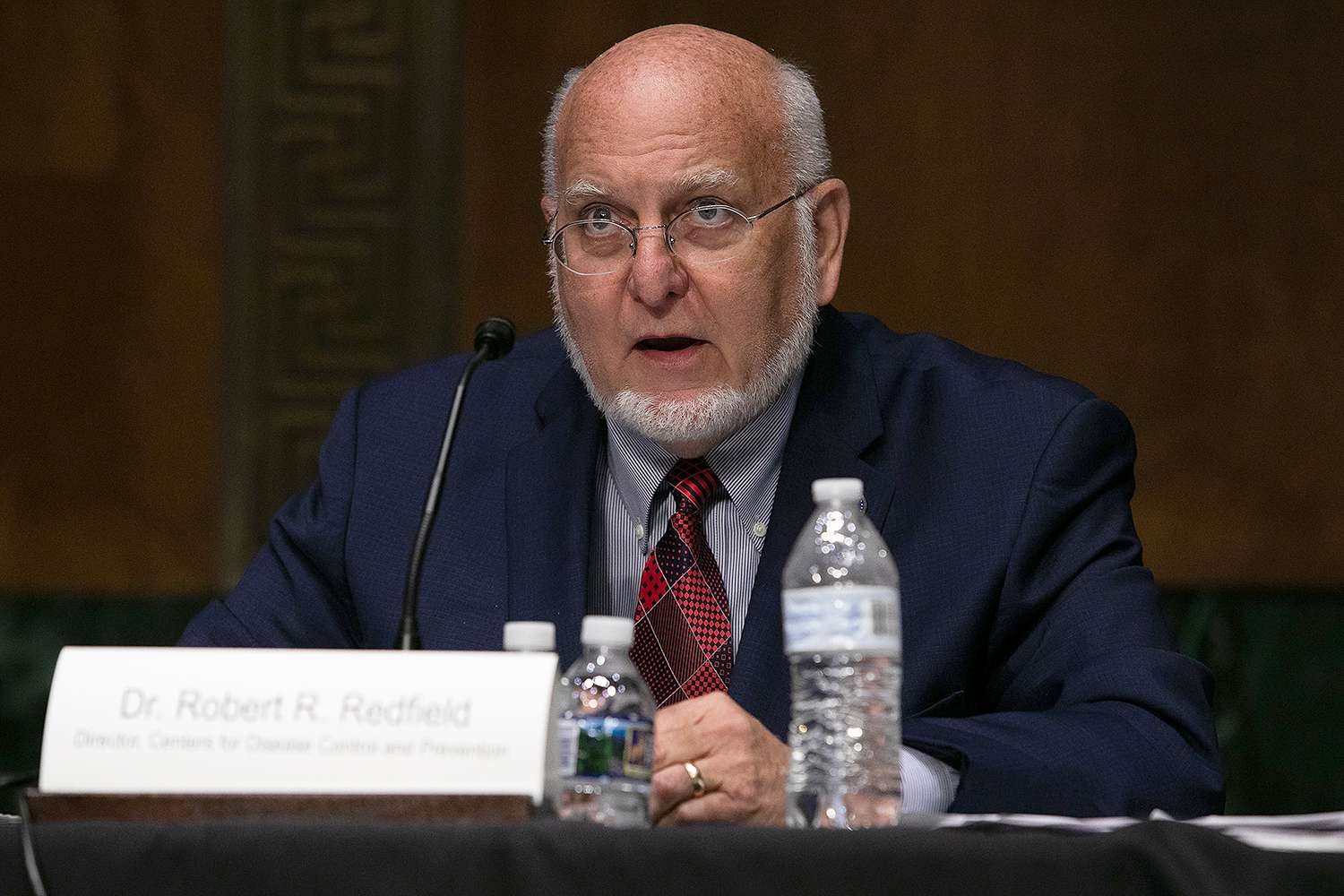
Jan. 21: First case confirmed in the U.S.
One day after announcing airport screenings, the CDC confirmed the first case of the virus in a 31-year-old man in Washington state who had recently returned from Wuhan.
Jan. 23: Wuhan goes into lockdown
China puts Wuhan into lockdown to limit the spread, containing the city's 11 million residents just before Lunar New Year celebrations were to begin.
Jan. 30: The World Health Organization declares a global health emergency
With cases now popping up in countries around the world, WHO said that coronavirus was a "public health emergency of international concern." This marked the sixth time in history WHO had declared a global health emergency.
Jan. 31: Trump administration restricts travel from China
With six cases around the U.S., the Trump administration announced it would prohibit entry of any foreign nationals who had been to China in the last 14 days. Exceptions were granted to family members of Americans.
Feb. 7: Chinese whistleblower dies from the virus
Dr. Li Wenliang, a 34-year-old ophthalmologist at Wuhan Central Hospital, had tried to warn Chinese citizens about the virus on social media in late December but was detained by police for "rumor-mongering." Li was released and returned to his job, but started to develop virus symptoms in mid-January, and checked himself into the hospital. On Feb. 7, he died from the virus.
Feb. 11: WHO names the virus COVID-19
WHO announced that the virus would be called COVID-19 going forward, in reference to the type of virus (coronavirus) and the year it was first found, in 2019.
Feb. 29: First death reported in the U.S.
The CDC announced that a woman in Washington state had died from COVID-19. A "medically high-risk patient," she became the first confirmed death the U.S., but the CDC later learns that earlier deaths believed to be from respiratory illnesses were actually due to COVID-19.

March 10: Italy goes into lockdown
After China, Italy — and Northern Italy in particular — emerged as an epicenter for COVID-19. With cases soaring, the country went into lockdown, and residents with non-essential jobs were required to stay home except for trips to the grocery store or pharmacy.
March 11: WHO declares COVID-19 a pandemic
"Pandemic is not a word to use lightly or carelessly," said WHO director general Tedros Adhanom Ghebreyesus, but due to the alarming levels of spread and severity, the organization announced that COVID-19 qualifies as a pandemic.
"We're in this together, to do the right things with calm and protect the citizens of the world," he added. "It's doable."
March 13: Trump administration issues travel ban on non-Americans coming from European Union countries
With cases growing in Italy and Spain, the Trump administration announced a ban on non-Americans coming from countries in the European Union, with exceptions for the United Kingdom and Ireland.

March 15: CDC says to limit gatherings to 50 or less people, as cities begin to shut down
With nearly 2,000 confirmed cases of COVID-19 in the U.S. and 41 deaths, the CDC urged Americans to limit gatherings to 50 or less people. Cities began to shut down, allowing non-essential workers to begin working from home. In New York City, the nation's largest school district, in-person classes are canceled and moved online.
March 19: California issues a stay-at-home order
To limit community spread, California became the first state to issue a stay-at-home order, requiring residents with non-essential jobs to remain home except for gathering essentials like food or medicine, or receiving medical care. All gyms, movie theaters, bars and nightclubs were closed. New York and Illinois followed soon after.
March 26: U.S. is now the country with the most COVID-19 cases in the world
The U.S. became the country with most COVID-19 cases in the world in late March, and it remains in the lead ten months later. At the time, the U.S. had 81,321, surpassing Italy and China for first place.
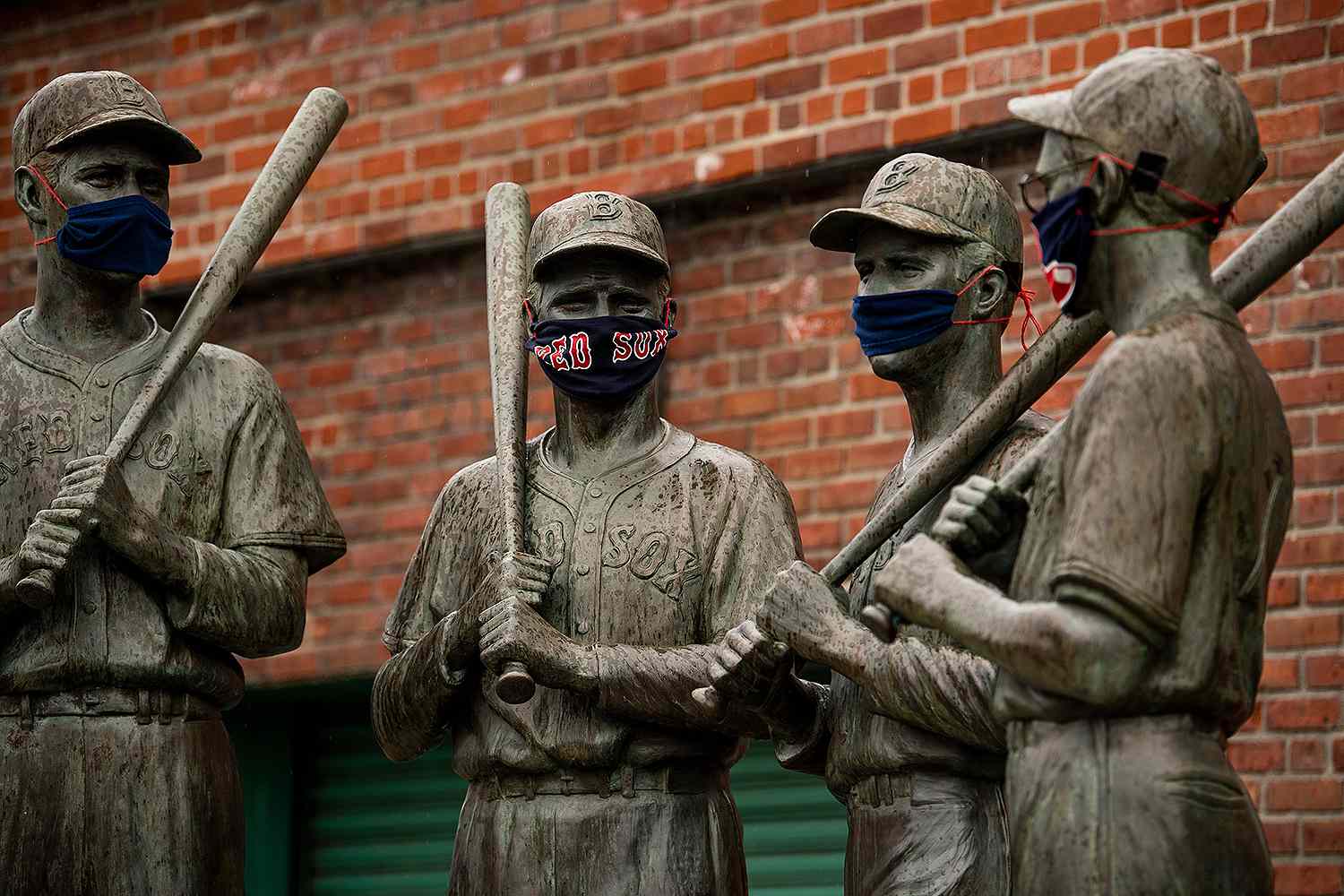
April 3: CDC recommends Americans start wearing masks
After learning that a significant amount of spread was coming from people who are asymptomatic or presymptomatic, the CDC recommended that Americans start wearing masks. However, Trump said that he would not wear one himself and refused to issue a mandate requiring masks, leaving the decision up to individual states and cities.
May 27: U.S. death toll surpasses 100,000
Nearly three months after the first reported death, the U.S. hit 100,000 deaths from COVID-19, the most in the world at the time.
June: Southern and Western states see a rise in cases after Memorial Day Weekend
For the first few months of the pandemic, the majority of cases were in the New York region. But after Memorial Day Weekend, when many states lifted their stay-at-home orders and reopened businesses, cases started to climb elsewhere, particularly in the South and the Sunbelt region.
July: U.S. sets a new record for the most new infections in a month
For the first time since April, the U.S. set a record for the most new infections in a month with 1.9 million cases in July as numbers continued to soar in states like Florida, California and Arizona. The total number of infections had now reached 4.5 million.
Aug. 3: Trump dismisses the death toll
Despite the more than 150,000 deaths in the U.S. from COVID-19, Trump shrugged off the massive number, saying "it is what it is."
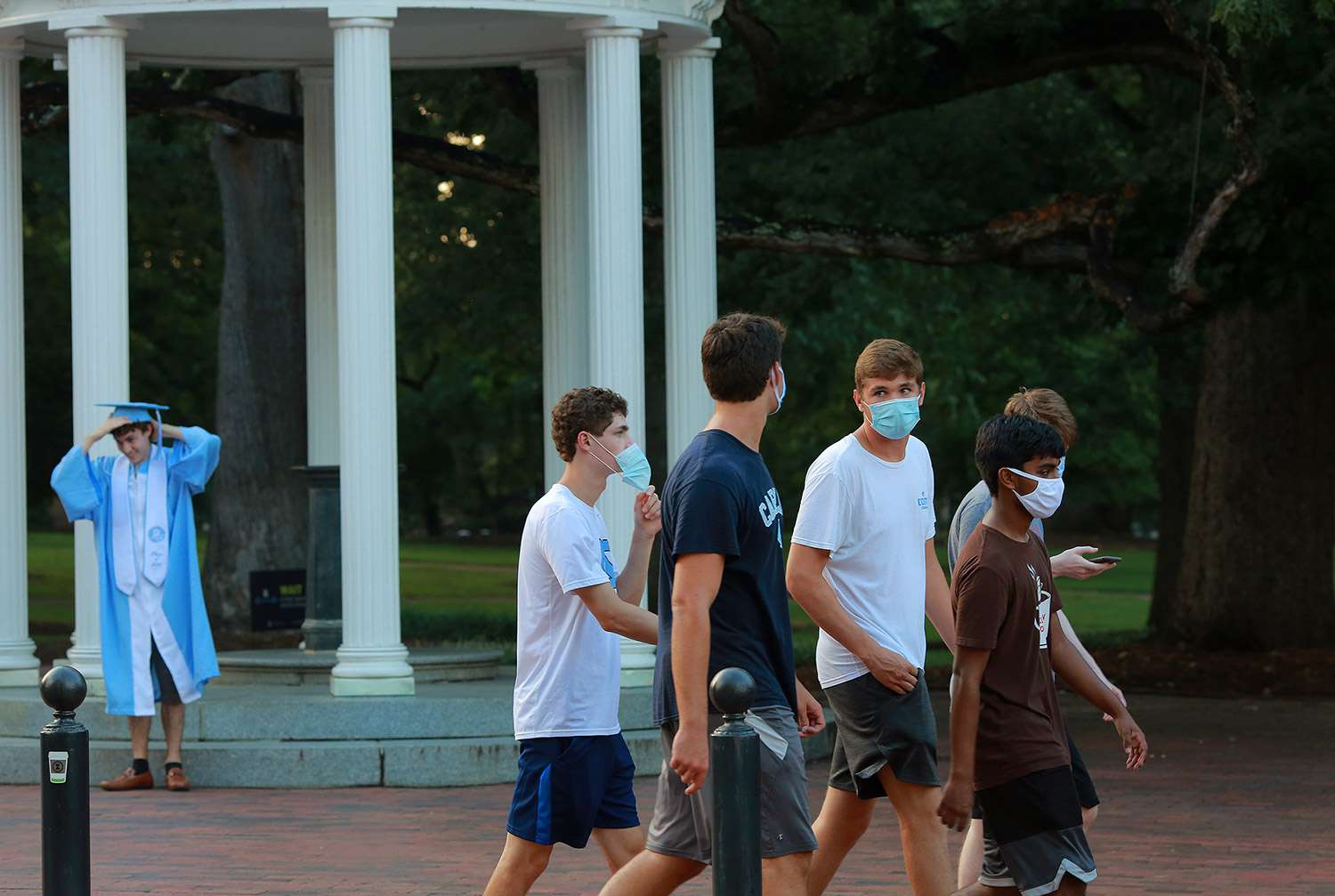
Aug. 17: Colleges and universities begin to reopen, with some immediately shutting down again
With cases still climbing, colleges and universities began to welcome back students with new measures in place intended to reduce cases, such as regular COVID-19 testing and reduced student bodies. Some universities, like Duke in North Carolina, were successful, but others shut down almost as soon as they opened, like the University of North Carolina at Chapel Hill.
Sept.: The Midwest sees a major surge in cases
With cases finally declining in parts of the South, the Midwest became the next epicenter as cases shot up, particularly in the Dakotas, Wisconsin and Michigan.
Sept. 22: U.S. death toll surpasses 200,000
Four months after hitting 100,000 deaths, the U.S. death toll surpassed 200,000. It was still the highest loss of lives from COVID-19 in the world.
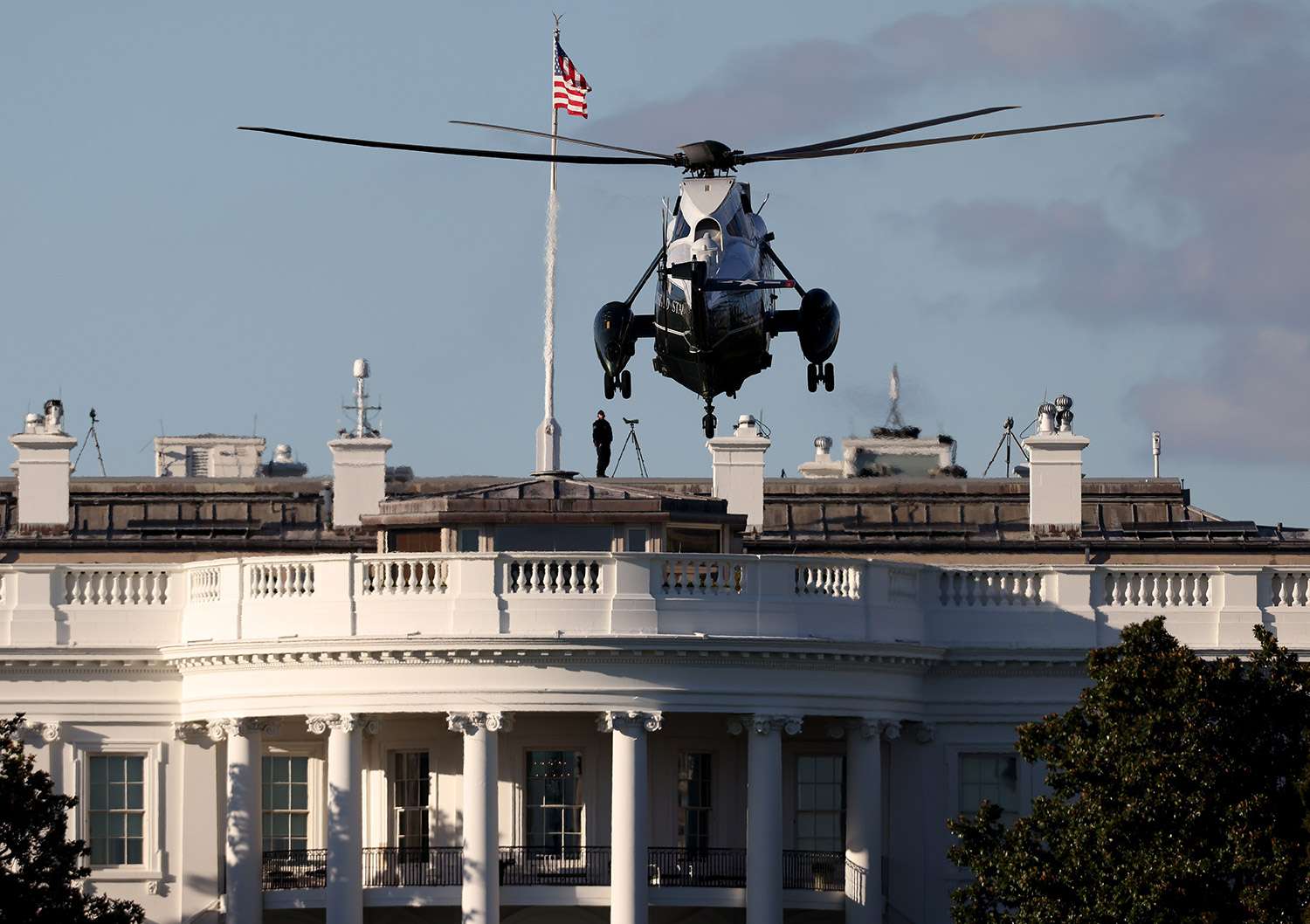
Oct. 2: Trump tests positive for COVID-19 and is hospitalized
Days after hosting several large events without masks to celebrate the nomination of Justice Amy Coney Barrett to the Supreme Court, Trump and First Lady Melania Trump tested positive for COVID-19. The President was hospitalized at Walter Reed Medical Center later that day after his oxygen levels fell. There, he was treated with steroids and an experimental antibody treatment which was unavailable to the average American at the time.
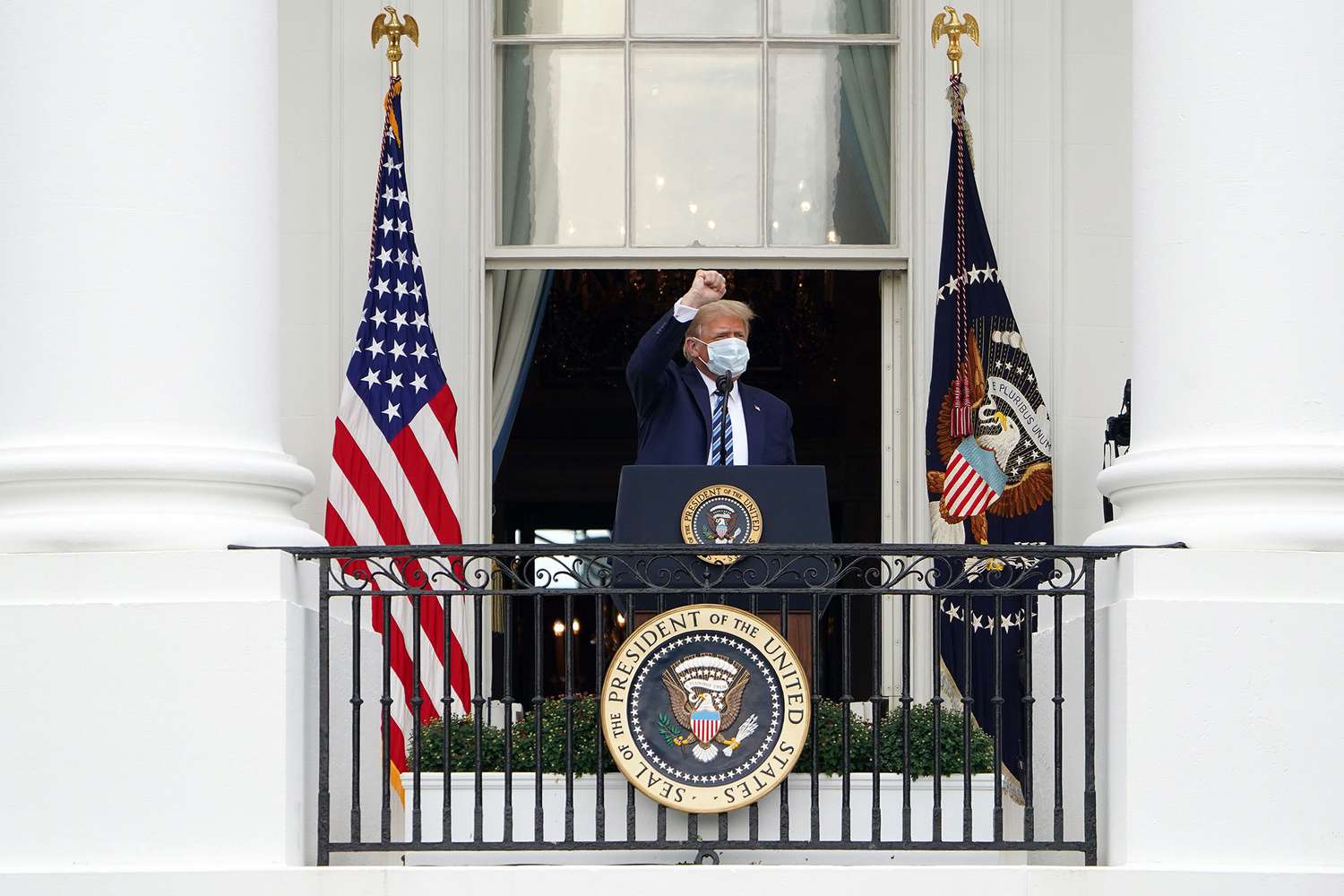
Oct. 5: Trump heads back to the White House
Trump checked out of Walter Reed and returned to the White House three days later, amid confusion over when he was first infected and if he was still contagious.
Oct.: Cases are surging in nearly every state
No longer confined to certain regions, COVID-19 cases surge in nearly every U.S. state as the weather turned colder. Health experts had warned that as summer ended and Americans started spending time indoors, where the virus spreads more easily, cases would go up — but they didn't expect it to happen so quickly. By the end of the month, 9 million Americans had tested positive for COVID-19 and nearly 230,000 had died.
Nov. 7: Joe Biden wins the 2020 Presidential Election
Four days after Election Day, the race was called for former Vice President Joe Biden and his running mate Kamala Harris. Political analysts believe that some supporters turned against Trump based on his handling of the pandemic. Two days after his win, Biden announced his coronavirus task force.
Nov. 8: U.S. reaches a milestone 10 million COVID-19 cases
With every state in the country seeing case numbers rise, the U.S. surpassed 10 million infections since the start of the pandemic. Experts began warning Americans to cancel plans for the upcoming Thanksgiving holiday.
Nov. 18: Pfizer says their vaccine is 95% effective
The U.S. got some good news when pharmaceutical company Pfizer announced that its vaccine was 95% effective in preventing COVID-19 infection in large clinical trials. Moderna also shared positive results, after finding that its vaccine was 94.5% effective against COVID-19.
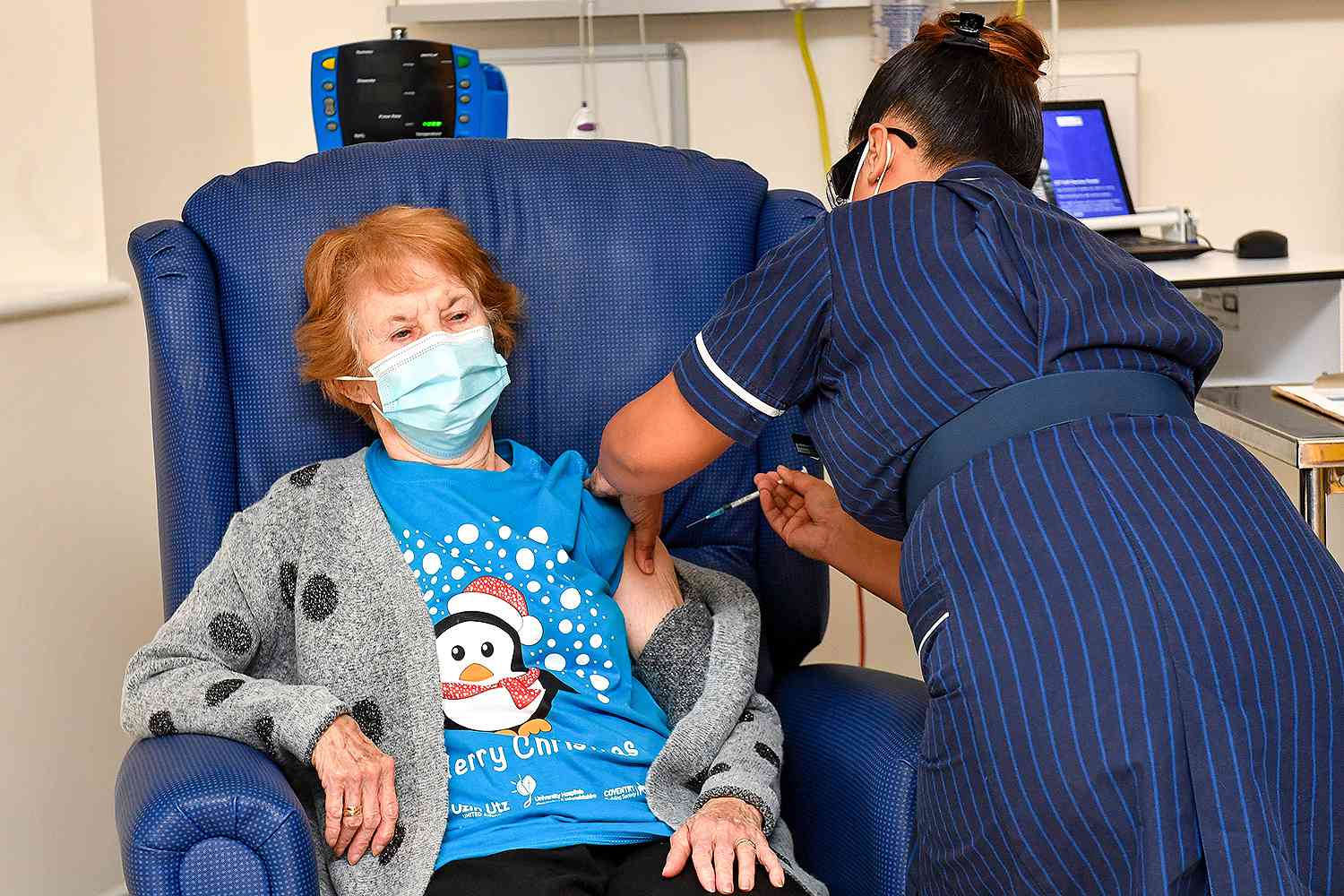
Dec. 8: U.K. administers the first dose of Pfizer's vaccine
After approving Pfizer's vaccine for use, the U.K. gave out the first dose to a 90-year-old grandmother in England. She became the first in the Western world to receive a COVID-19 vaccine, and the U.K. has since inoculated around 2.4 million people.
Dec. 11: The Food and Drug Administration approves Pfizer's vaccine
The FDA granted emergency use approval to Pfizer's vaccine, the first in the U.S. Three days later, a nurse in Queens, New York, became the first in the U.S. to receive a dose of a COVID-19 vaccine.
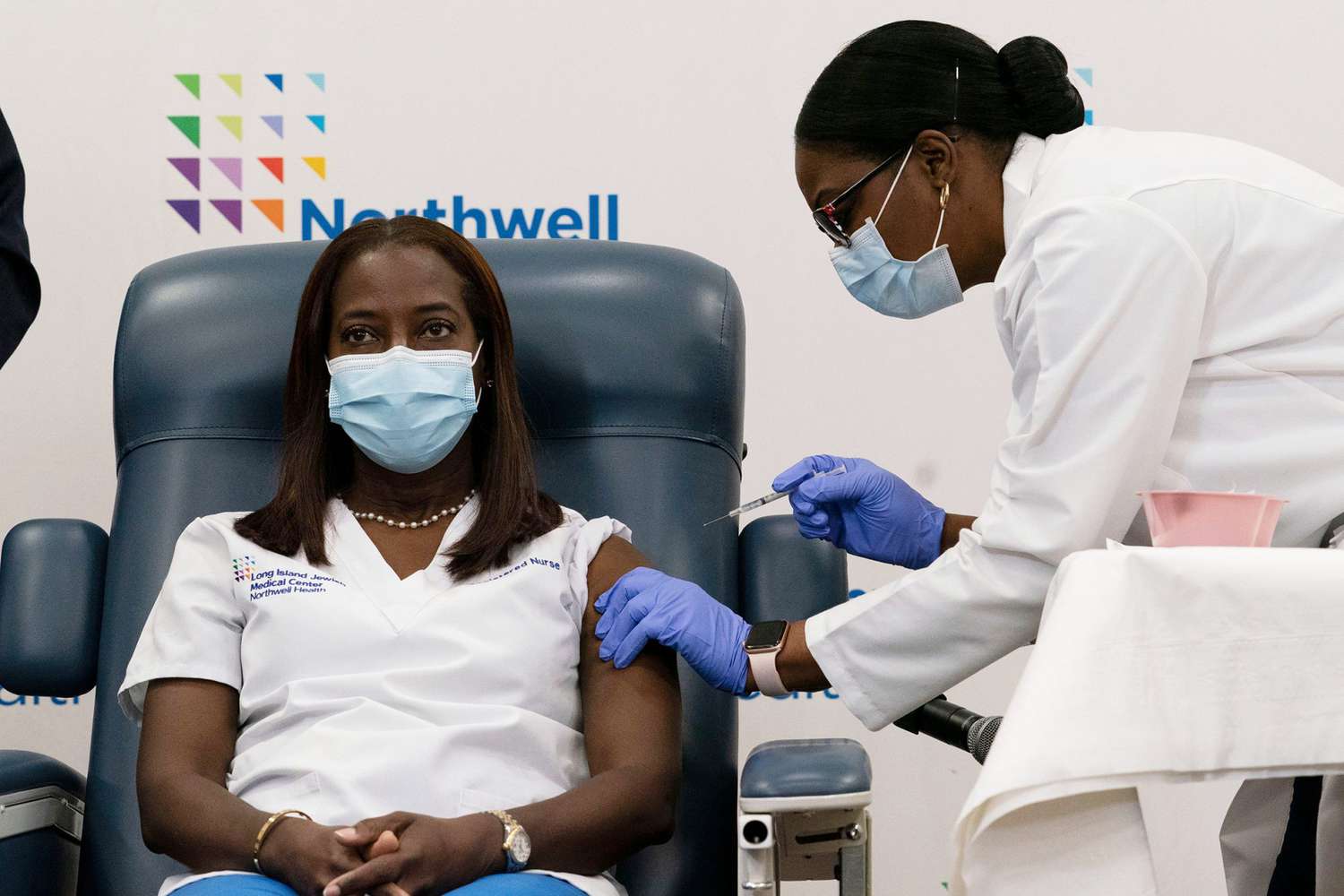
Dec. 14: U.S. death toll surpasses 300,000, the fastest jump yet
Less than three months after hitting 200,000, the U.S. COVID-19 death toll surpassed 300,000, the quickest increase yet.
Dec. 18: FDA approves Moderna's vaccine
The FDA gave emergency use approval to a second vaccine — from Moderna — and started inoculations three days later.
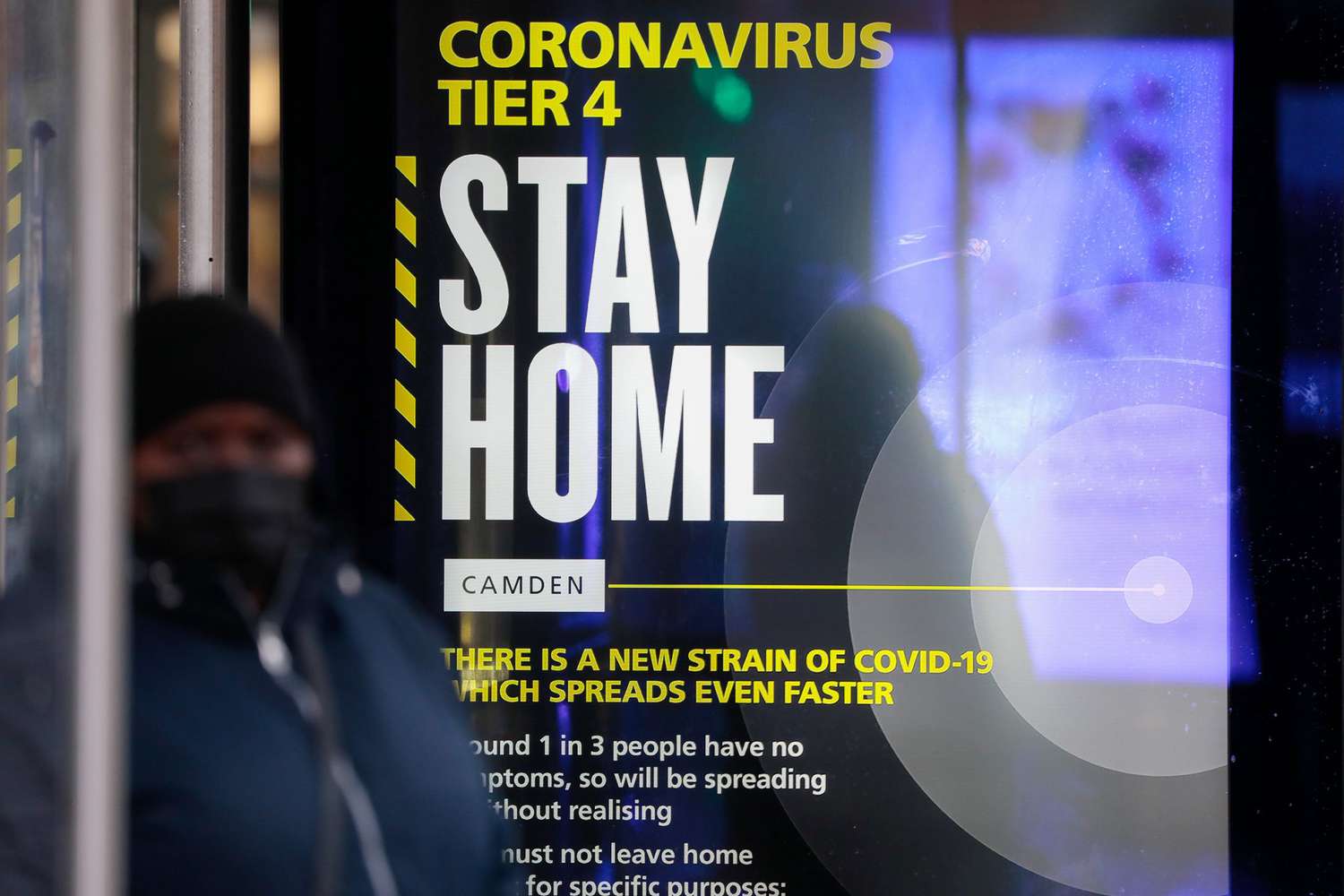
Dec. 20: U.K. goes into strict lockdown as a more virulent strain spreads
Prime Minister Boris Johnson put the U.K. into a strict lockdown just before Christmas, after a new strain of the virus appeared to be spreading at a faster rate. The strain has since been found in the U.S., leaving health experts to worry that cases are already out of control.
Dec. 31: U.S. falls drastically short of goal to vaccinate 20 million by year's end
The Trump administration's stated goal of vaccinating 20 million Americans by the end of 2020 falls short, as the year closes out with just 2.7 inoculated.
Jan. 1: U.S. surpasses 20 million infections
On the first day of 2021, the U.S. hit a new milestone of 20 million COVID-19 cases since the start of the pandemic. More stunningly, the number of cases had doubled in less than two months, after reaching 10 million on Nov. 9.
As of Jan. 14, cases are now past 23 million and the death toll is nearing 385,000. Cases are raging out of control in most of the country and hospitalizations are at the highest level yet, with more than 130,000. Worldwide, there have been at least 92.3 million reported cases of COVID-19 and more than 1.9 million deaths. The best hope now is for the continued effort to vaccinate Americans, though the rollout is going slower than expected. Currently, around 10.3 million Americans have received at least one dose of a COVID-19 vaccine, according to the CDC.
As information about the coronavirus pandemic rapidly changes, PEOPLE is committed to providing the most recent data in our coverage. Some of the information in this story may have changed after publication. For the latest on COVID-19, readers are encouraged to use online resources from the CDC, WHO and local public health departments. PEOPLE has partnered with GoFundMe to raise money for the COVID-19 Relief Fund, a GoFundMe.org fundraiser to support everything from frontline responders to families in need, as well as organizations helping communities. For more information or to donate, click here.
Source: Read Full Article
